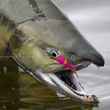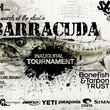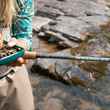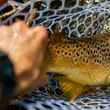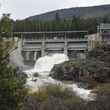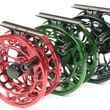Fly fishing is an ever-evolving sport with an ever-evolving set of rules, conventions and ethics which accompany it. In most areas of the world, what anglers consider everyday fly fishing tactics and techniques have traveled great distances from the dry-fly-cast-upstream-only ethics of England's 19th century chalk streams. Wherever the boundaries of fly fishing lie at one particular time or another, one thing that is certain is that anglers are always looking for ways to push the envelope. Currently, the use of added scents in fly fishing is a controversial topic. Some anglers have chosen to add scented gels and floatants into their arsenal with the simple goal of getting into more fish. Certain scents are known to attract fish and may also be useful in covering up natural and unnatural human odors that may repel fish. Others have been critical of this approach, most often citing the notion that the use of scents takes the "fly" out of "fly fishing", rendering flies little more than new forms of bait. Other opponents flat out call it cheating.
So, what's the reality? Are scents a way of cheating your way into more fish without developing your skills as an angler? Or are they a new and innovative way of expanding the boundaries of our sport that, in time, will be looked upon as a commonly used tactic not unlike other formerly new methods and techniques that were once considered taboo?
We reached out to some of our favorite people in the world of fly fishing (as well as folks that happen to know a thing or two about it) and asked them.




